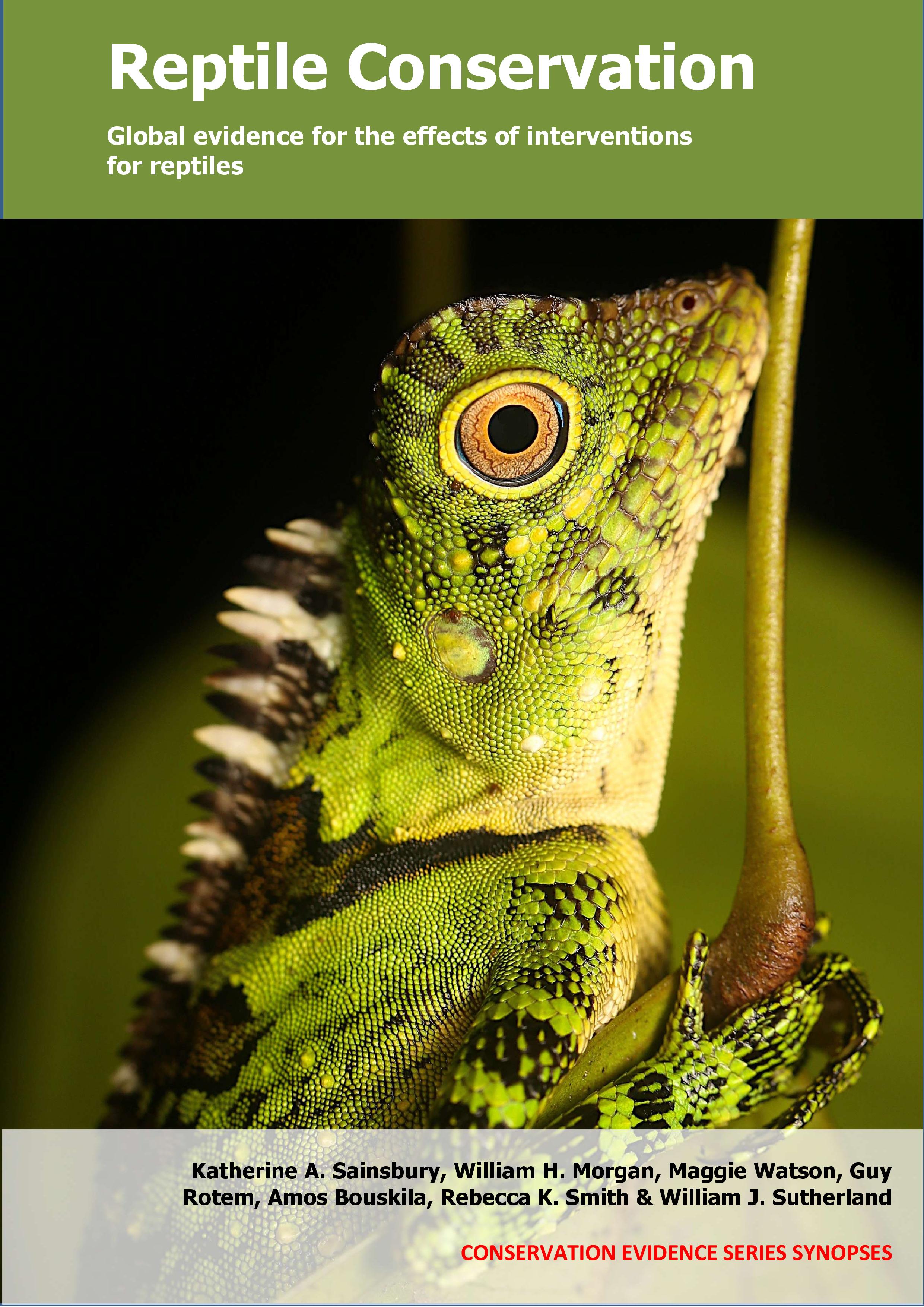Release captive-bred reptiles into the wild: Sea turtles
-
Overall effectiveness category Awaiting assessment
-
Number of studies: 3
View assessment score
Hide assessment score
How is the evidence assessed?
-
Effectiveness
not assessed -
Certainty
not assessed -
Harms
not assessed
Study locations
Supporting evidence from individual studies
A replicated study in 1978–1992 at several sites on the Texan coast of the Gulf of Mexico, USA (Caillouet et al. 1995; same experimental set-up as Caillouet et al. 1995) found that some released captive-bred and reared Kemp's ridley turtles Lepidochelys kempii survived up to 9 years in the wild. Of the 22,608 turtles released, more than 117 were recaptured in the Gulf of Mexico and adjacent bays 1–9 years after release. Recaptured turtles grew by 19–59 cm (straight carapace length) over a period of 1–9 years. In 1978–1992, a total of 22,608 turtles were released into the Gulf of Mexico or adjacent bays, including 18,790 yearlings. Of these yearlings, 18,174 (97%) were released into the Gulf of Mexico, and 616 (3%) into adjacent bays. Turtles were recaptured on an ad-hoc basis by a sea turtle stranding and salvage network and commercial or recreational fishers.
Study and other actions testedA replicated study in 1978–1993 at 13 sites on the Mexican, Texan and Floridian coasts of the Gulf of Mexico (Caillouet et al. 1995; same experimental set-up as Caillouet et al. 1995) found that following large scale releases of captive-bred yearling Kemp’s ridley turtles Lepidochelys kempii, some individuals survived and were recaptured 1–10 years after release. At least 606 turtles survived and were recaptured 1–2 years after release, and at least 59 survived and were recaptured 3–10 years after release. In 1978–1992, a total of 22,255 yearling turtles were released at 13 locations, with 197 released in Campeche, Mexico; 3,268 in west Florida, USA; and 18,174 in Texas, USA. Turtles were recaptured on an ad-hoc basis by a sea turtle stranding and salvage network and commercial or recreational fishers.
Study and other actions testedA replicated study from 1980–2005 in the Cayman Islands and wider Caribbean (Bell et al. 2005) found that some released captive-bred and reared green turtles Chelonia mydas were recaptured as adults throughout the Caribbean, and some were observed successfully nesting. A total of 392 tagged animals were recaptured at intervals of six months to 19 years after release. Of these, 160 were recaptured in the Cayman Island and 232 from elsewhere (2 from Belize, 176 from Cuba, 8 from Honduras, 1 from Mexico, 38 from Nicaragua, 2 from Panama, 4 from USA and 1 from Venezuela). Eight turtles were observed nesting, and two individuals produced clutches of 112 and 110 eggs, with hatching success of 63% and 88%. Rearing occurred at the Cayman Turtle Farm: a commercial turtle meat operation that raised green turtles from captive adults and released excess turtles in to the wild. Eggs were laid on an artificial beach, incubated in a hatchery and then hatchlings reared in groups. Between 1980 and 2001, turtles were released (16,422 hatchlings, 14,347 yearlings and 65 turtles of 19–77 months old) during October–November. Approximately 80% of all turtles released were tagged using a variety of methods (notching, flipper tags and living tags). Recapture information came from intentional and accidental capture by fisheries throughout the Caribbean, stranding networks in the USA, an active recapture effort in 1994 (Cayman Islands) and observations of nesting females.
Study and other actions tested
Where has this evidence come from?
List of journals searched by synopsis
All the journals searched for all synopses
This Action forms part of the Action Synopsis:
Reptile Conservation
Reptile Conservation - Published 2021
Reptile synopsis





)_2023.JPG)














